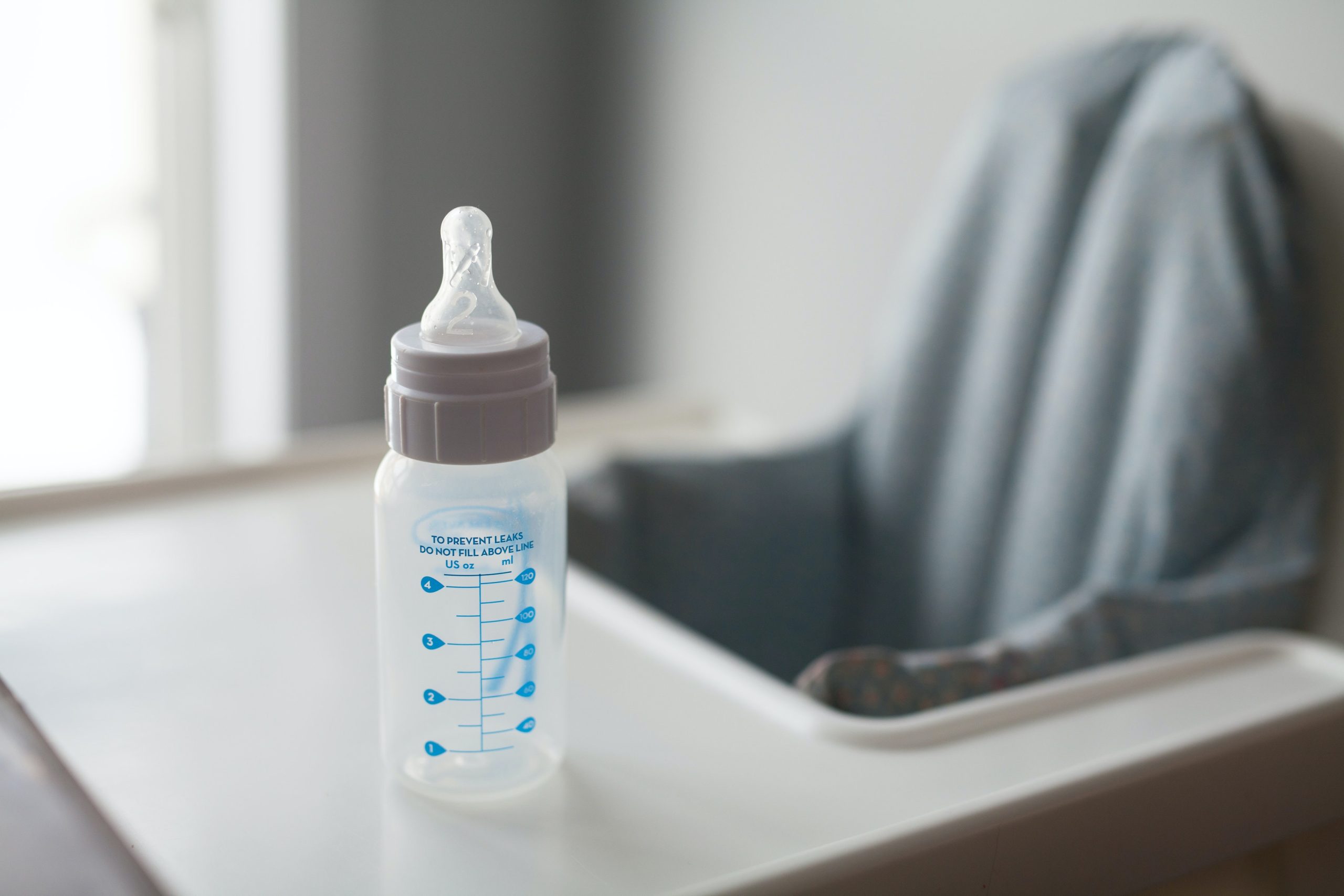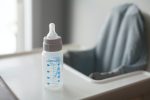A new study, published in the Journal of Food Protection, found that spacing out samples over time, called “stratified” sampling, is better at catching risky pathogens like Cronobacter in powdered products, such as infant formula, than randomly sampling from the product as it is being produced. In addition, the study found that that while taking more samples of a product generally increases the chance of catching the pathogen, there is a point after which it is unlikely that additional sampling will increase safety.
The new paper “Simulation Evaluation of Power of Sampling Plans to Detect Cronobacter in Powdered Infant Formula Production” used computer models to simulate sampling and testing finished formula, to determine the efficacy of current national and international guidelines for testing programs, and find solutions to improve detection of Cronobacter in these types of products.
All efforts were based on detecting a realistic hazard, here defined by testing samples from Cronobacter-contaminated batches produced in Europe in the 2010s, using the most current data available. The paper found that safety plans with 30 or more grab samples had a very high probability of detecting the hazard. And that there was a point of diminishing returns, such that very high sample numbers—for example, testing every can produced—would not be meaningfully more powerful.
“This shows that existing sampling and testing guidance is powerful, at least for the one hazard profile our team had access to for the study,” said project lead Matthew J. Stasiewicz of the University of Illinois Urbana-Champaign. “This also highlights the need for additional research and data-sharing efforts into patterns of contamination in current infant formula production, so that sampling and testing can be better matched to current needs.”
“In additional to analyzing scenarios we found relevant, we built a web app that allows industry stakeholders to simulate various sampling scenarios and gain deeper understanding of the effectiveness of sampling plans specific to their plants. With this knowledge, producers can proactively address risks and optimize current sampling practices,” added Minho Kim, lead author.



